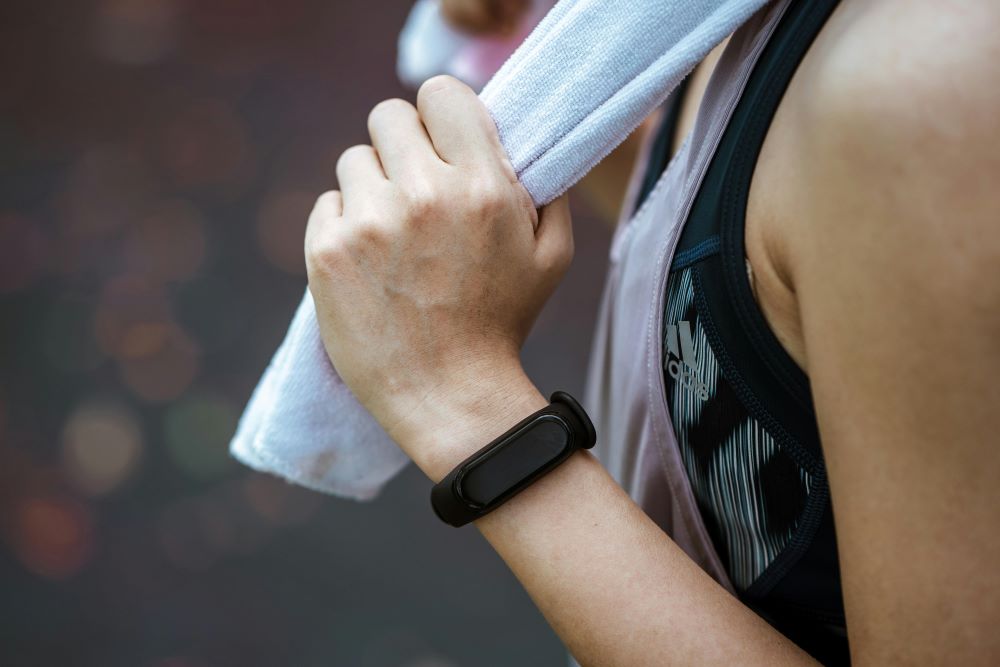Flexible skin-like electronics are the next generation of wearables and possibly even implantable devices.
Cutting-edge research has brought forth groundbreaking stretchy skin-like electronics poised to revolutionize health monitoring and disease diagnosis. This innovative technology, developed by scientists at Stanford University in California, represents a significant leap forward in wearable sensors and implantable devices, heralding a new era of advanced health monitoring and diagnostic capabilities.
Published in the journal Nature, the latest study showcases a remarkable breakthrough in the design and fabrication of skin-like integrated circuits. These next-generation electronic devices are not only five times smaller but also a thousand times faster than their predecessors, marking a significant milestone in the development of sophisticated brain-machine interfaces.
Dr. Zhenan Bao, a leading researcher engaged in the project, conveyed optimism regarding the transformative prospects of this technology. He expressed that a significant advancement had been achieved, emphasizing that stretchable integrated circuits had reached a level of smallness and speed suitable for numerous applications.
The objective of this development was to improve the sensitivity of wearable sensors and implantable neural and gut probes, while also optimizing the operation of multiple sensors.
The sensor array showcased exceptional performance in detecting the locations and orientation of minute shapes and recognizing Braille characters.

Dr. Donglai Zhong emphasized the potential of the high-resolution technology, suggesting that with such a high resolution, a whole word, or potentially a whole sentence, could be sensed with just one touch.
Furthermore, the stretchable circuits exhibited impressive speed and efficiency, driving a micro-LED display with a refresh rate matching that of conventional computer or TV screens. This achievement opens up exciting possibilities for biomedical applications, including high-density, soft, and conformable sensing arrays capable of detecting human body signals with remarkable precision.
One promising application of stretchy skin-like electronics is in the world of wearable health monitoring devices. Traditional monitoring devices often lack the flexibility and comfort required for long-term wear, limiting their utility in real-world settings. However, with the development of stretchable integrated circuits, these devices can now conform to the contours of the human body, providing continuous and unobtrusive monitoring of vital signs and physiological parameters.
Moreover, the remarkable sensitivity of these devices enables the detection of subtle changes in health status, allowing for early intervention and preventive care. By continuously monitoring key biomarkers, such as heart rate, blood pressure, and glucose levels, stretchy skin-like electronics have the potential to alert individuals and healthcare providers to potential health issues before they escalate into serious complications.
In addition to wearable devices, stretchy skin-like electronics hold promise for implantable medical devices designed to monitor and treat chronic conditions. These devices can be seamlessly integrated into the body, allowing for targeted delivery of therapeutics and real-time monitoring of disease progression. From neurological disorders to cardiovascular diseases, the versatility of stretchable integrated circuits opens up new avenues for personalized and minimally invasive treatment strategies.
Despite the remarkable progress, challenges remain in refining the design and addressing issues such as moisture protection. However, researchers are optimistic about the commercial viability of their technology in the near future. Emphasis was placed by Dr. Bao on the extensive potential of these advancements, stating that while challenges remain for the future of this technology, the recent developments introduce exciting biomedical applications for wearable and implantable electronics.
In addition to biomedical applications, the technology holds promise in soft robotics, enabling robots to emulate human sensing capabilities and enhance safety in human-robot interactions. With ongoing research and development, stretchy skin-like electronics are poised to transform healthcare delivery, ushering in a new era of personalized, high-performance monitoring and diagnostic tools.
Sources:
Scientists unveil new stretchy skin-like electronics for health monitoring
A Review of Skin-Wearable Sensors for Non-Invasive Health Monitoring Applications
Recent advances in electronic skins: material progress and applications
Review: Sensors for Biosignal/Health Monitoring in Electronic Skin


Join the conversation!